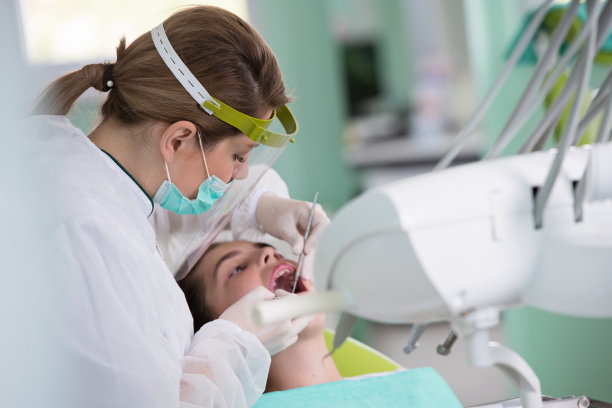Essential Precautions You Need to Take Before and After Getting a Dental Filling for Optimal Oral Health
Summary: Dental fillings are a common dental procedure for restoring teeth affected by decay. However, there are essential precautions that patients should take both before and after the treatment to ensure optimal oral health. This article outlines four key aspects that encompass proper preparation, understanding the procedure, post-treatment care, and regular dental follow-ups. By following these guidelines, individuals can enhance their recovery and prolong the lifespan of their dental fillings, contributing to a healthier smile.
1. Preparing for the Dental Filling Procedure

Before undergoing a dental filling, adequate preparation is paramount. Initially, patients should schedule a consultation with their dentist to discuss the extent of decay and the appropriate type of filling material suited for their situation. Whether it is amalgam, composite, or resin, understanding the options allows for informed decision-making.
Moreover, maintaining excellent oral hygiene prior to the appointment is crucial. This includes brushing and flossing regularly to reduce the risk of infection during and after the procedure. A clean mouth promotes a smoother filling process, minimizing complications that could arise.
Lastly, consider dietary choices leading up to the appointment. Avoiding sticky or sugary foods can assist in keeping the affected area stable, ensuring that the dentist can work effectively. It is also advisable to hydrate well, as this can aid in the overall health of your gums and teeth during the procedure.
2. Understanding the Dental Filling Process
Being aware of what to expect during a dental filling can alleviate anxiety. The procedure typically begins with local anesthesia to numb the area surrounding the affected tooth. This is crucial as it ensures that the patient feels no pain during the process.
Once numb, the dentist will remove decayed tissue from the tooth using specialized tools. This step is essential as it prepares the tooth for the filling itself. Understanding this procedure can help patients appreciate the care taken to restore their oral health, reinforcing the importance of seeking professional dental help.
Finally, after the decay is removed, the dentist will clean the area and apply the filling material. Patients should be prepared for the filling material to harden, which may take just a few minutes. Having a clear grasp of the procedure reduces apprehension and promotes a positive experience.
3. Post-Treatment Care for Optimal Recovery
After receiving a dental filling, certain post-treatment care steps are vital for ensuring optimal recovery. Initially, it is advisable to avoid eating or drinking for at least one hour to allow the filling to set properly. This is particularly important if a local anesthetic was used, as the sensation in your mouth may be temporarily diminished.
After the anesthesia wears off, opting for soft foods can prevent any unnecessary strain on the newly filled tooth. Foods that are less abrasive reduce the risk of discomfort and ensure a smoother recovery process. Gradually reintroducing normal foods can help gauge how well the filled tooth is adjusting.
Additionally, maintaining post-treatment oral hygiene is critical. Patients should continue their regular brushing and flossing routines while being gentle around the filled area. This careful attention helps in preventing further decay or complications that could affect the lifespan of the filling.
4. Importance of Regular Dental Check-Ups
Consistent dental check-ups play a significant role in maintaining optimal oral health following a filling. Scheduling regular visits with your dentist allows for monitoring the condition of the filling as well as the overall health of your teeth and gums. These check-ups help catch potential issues before they escalate.
Furthermore, regular cleanings performed by dental professionals contribute to a more profound level of oral care that patients can achieve at home. Professional cleaning not only removes plaque build-up but also allows dentists to assess areas that may require attention down the line.
Lastly, understanding the signs of filling wear or potential problems is crucial for patients. Awareness of discomfort or changes in the filled tooth’s appearance enables timely intervention, which can save resources and keep dental issues at bay. Educating oneself on these signs establishes a proactive stance on oral health following the procedure.
Summary: This article highlighted the essential precautions individuals should take before and after getting a dental filling. From proper preparation and understanding the procedure to post-treatment care and the significance of regular check-ups, each aspect is integral to achieving optimal oral health. Being proactive and informed not only assists in a smoother procedure but also contributes to the longevity of dental fillings.
This article is compiled by Vickong Dental and the content is for reference only.



